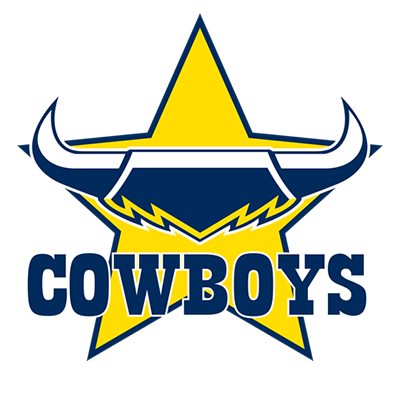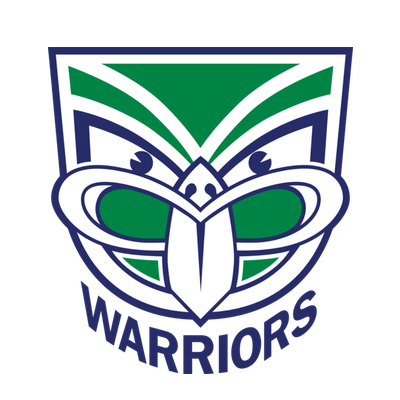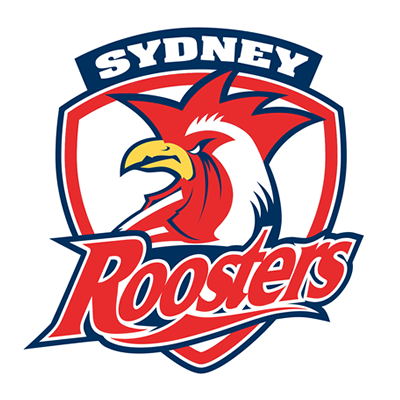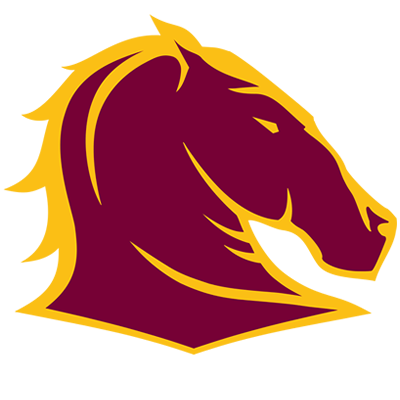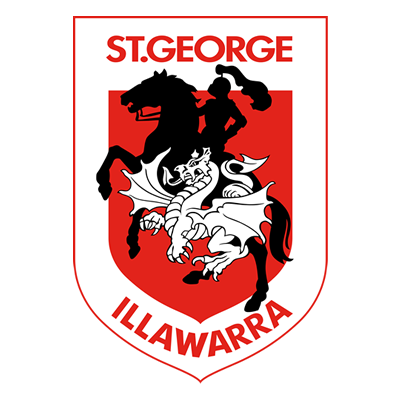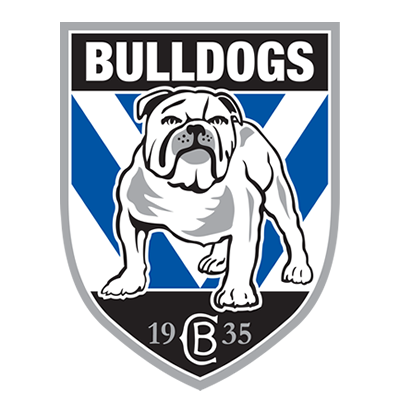Still not convinced about how this works in a practical sense for ruling on forward passes. There would be thousands of "acceleration" or "momentum" changes occuring every minute. Just think of running with the ball, then holding it out in front of you, throwing a couple of dummies, a show and go, and finally a pass. Also the fact that the chip is on the surface of the ball means that a single rotation of the ball is enough to move the chip towards the opponents tryline. The chip has no way of determining when the ball is in possession, so all it can do is beep away madly everytime it determines that the ball has been accelerated towards the oppositions tryline. Therefore I assume it then means these beeps have to be interpreted by the vidiot ref as to whether they are occurring during a pass or not. The morons they employ in the box can't even get basic things like knock ons correct, how are they going to interpret something like this.
Needs a bit more work in my opinion. I'd be happy for it to be used for ruling on forward passes during tries. However it would mean that every try would have to be referred upstairs.




